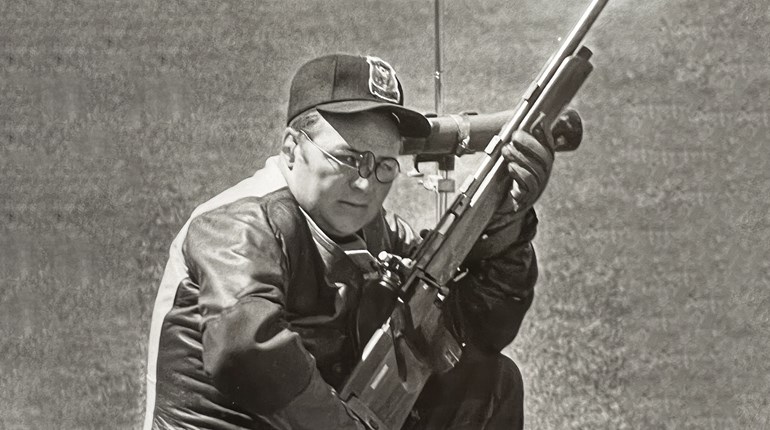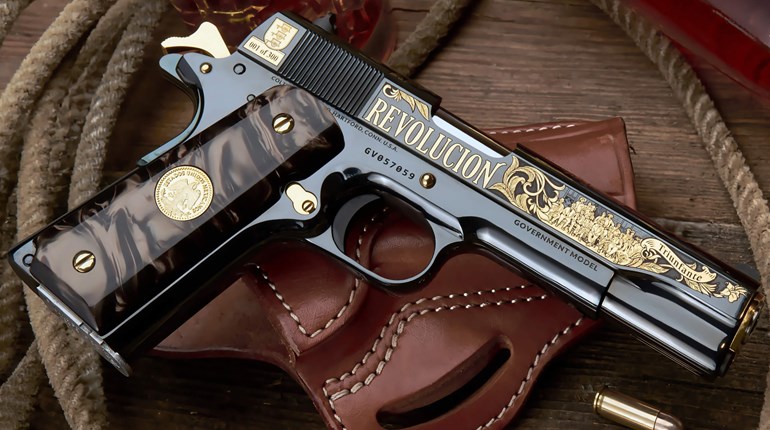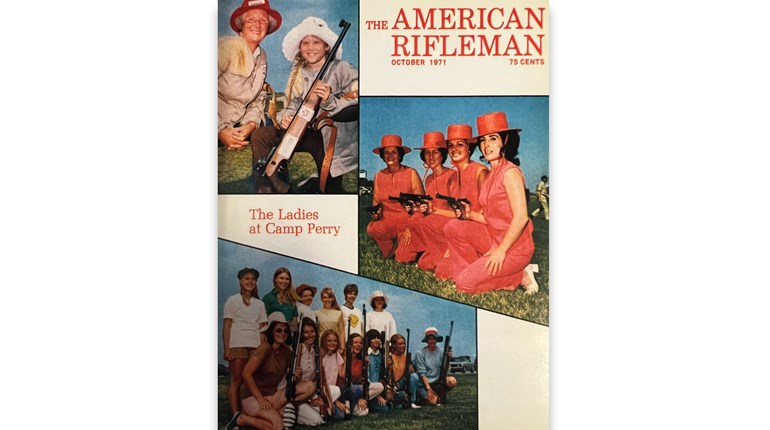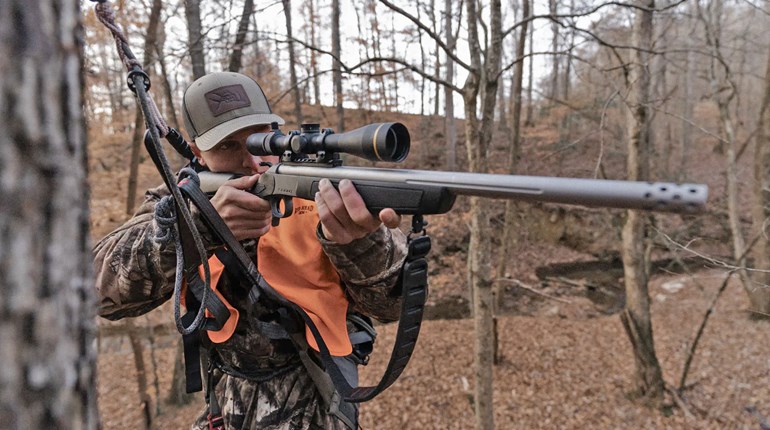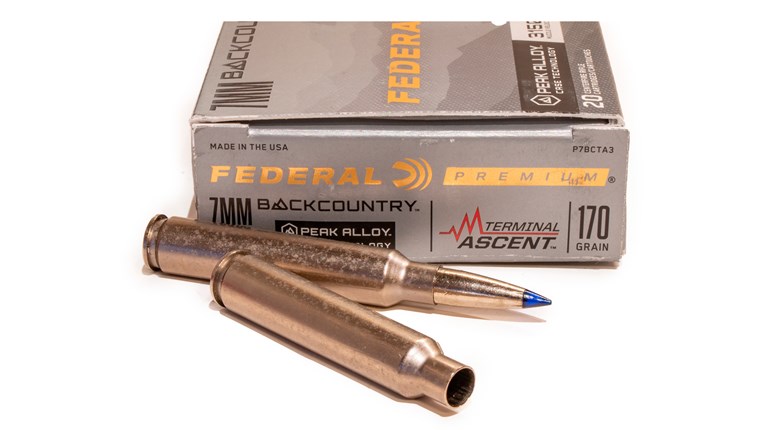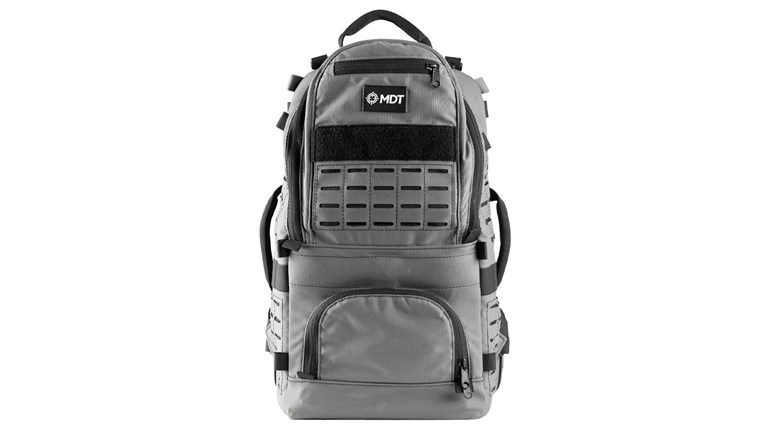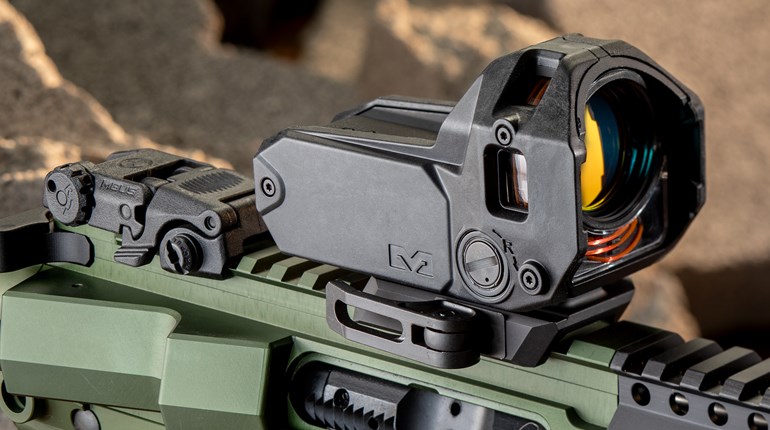
It's no secret this year marks the 100th anniversary of the Colt Automatic Pistol, Caliber .45, Model of 1911. The slab-sided warhorse rode across the Mexican border with Gen. "Black Jack" Pershing in pursuit of Pancho Villa. Later, this same seven-shot semi-automatic helped blaze America's victory through two world wars and Korea, and then continued to fight in the jungles of Vietnam. And in spite of the fact it was replaced as the Army's official sidearm by the Beretta M9 in 1985, the Model 1911A1 is still used by many of our special operations forces and other military personnel in combat zones, alongside M4s and SAWs. Not bad for a gun that had its beginnings before the turn of the 20th century.
Back then, while the U.S. Army was grappling with the changeover from small-bore, double-action revolvers to big-bore, single-action semi-automatics, firearms genius John Moses Browning had "seen the future," so to speak. During the 1890s Browning began working on a pistol that, in his words, incorporated a "moveable breech block or bolt carrier mounted to slide upon [the] frame." Patent number 580,924, issued to Browning on April 20, 1897, established the design that would eventually become the .38-caliber Colt Automatic Pistol of 1900. Ungainly as it was, it was Colt's first successful semi-auto and set the stage for the 1911.
The Model 1900 (although it was never officially called that) evolved into the 1902 Model Colt Automatic Pistol in both civilian and military versions, which featured a slide stop, a longer grip to accommodate an eight-round magazine and a lanyard ring. Like the Model 1900, it was chambered for the .38 ACP.
Meanwhile, the Army was having second thoughts about the .38 Long Colt chambering that was incapable of stopping the drug-and-adrenalin-crazed Moros during the Philippine Insurrection. In desperation, the Army returned to an old ally, the Single Action Army, which was chambered in .45 Colt, a proven man-stopper. However, even though the cartridge was adequate, the 1873 design of the SAA was clearly outdated. Semi-automatics such as the Borchart C-96, Mauser "Broomhandle" and the P08 Luger were already being used by other nations.
Browning had been meticulously improving his Colt .38 ACP Military Model into what would become the Model 1905, adding an angled grip with built-in safety, a 5.25-inch barrel, and a seven-round magazine—features that would find their way into the 1911. Nor did Browning ignore the Army's revitalized penchant for the .45 caliber. Just as he developed a proprietary cartridge for his models 1900 and 1902 semi-automatics, working with Colt and Brig. Gen. John Taliaferro Thompson, a 230-grain, full-metal-jacketed cartridge was developed that was ballistically similar to the .45 Colt. It would become known as Cal. .45 Automatic Pistol Ball Cartridge, Model of 1911, or more popularly, the .45 ACP. Impressed by its stopping power, Gen. Thompson later chambered his famous submachine gun for this same cartridge.
Although the Army had previously conducted tests in 1899 and 1900 to select a semi-automatic pistol, at that time samples were all sub-.45 caliber, and thus deemed ineffective.
Now, with its new .45 ACP dictum in place, in early 1906 invitations were again sent out to manufacturers. There were eight respondents. Design flaws eliminated every gun except the Colt, Savage and Luger. Subsequent testing saw Luger No. 1 blow up and—for reasons never revealed—Serial No. 2 was withdrawn from competition. That left Colt and Savage in the finals.
Browning began improving the Model 1905 with Models 1907, 1909 and 1910, with many being issued to cavalry units for field testing. Ironically, with trench warfare of World War I on the horizon, the earliest design criteria came from the mounted cavalry. Hence the addition of a lanyard loop on both gun and magazine to prevent dropping them from the saddle, and three safeties—grip, thumb-operated slide/hammer lock, and half-cock. The result was the Model 1911.
For the final Army field trials, Browning personally supervised the assembly of every part of his pistol. Its only competition? An improved Savage 1907, chambered in .45 ACP. After a grueling 6,000-round test for each gun, the Savage suffered numerous broken parts and malfunctions, while the Colt did not incur a single failure to function. Thus, on March 29, 1911, the Colt Model 1911 became the United States Army's official handgun.
Soon a nearly identical civilian version was produced, easily identified by the "C" prefix of its serial number, a more polished finish, and the lack of a lanyard ring on its magazine. It wasn't long before the 1911 was enthusiastically adopted for law enforcement, self-defense and even as a much-advertised hunting arm. The U.S. Border Patrol and the Texas Rangers were some of its most enthusiastic users.
In 1924 the 1911 got a minor make-over, with an arched mainspring housing, a shorter trigger, longer grip safety spur, wider hammer spur and improved sights. On military models, the original Carbona blue was changed to a more durable Parkerized finish. This became the 1911A1.
Counting both models, more than 2,695,000 pistols were produced. Today, 100 years after its adoption by the Army, the 1911 is still produced by the same company that first gave it life, along with many others.













